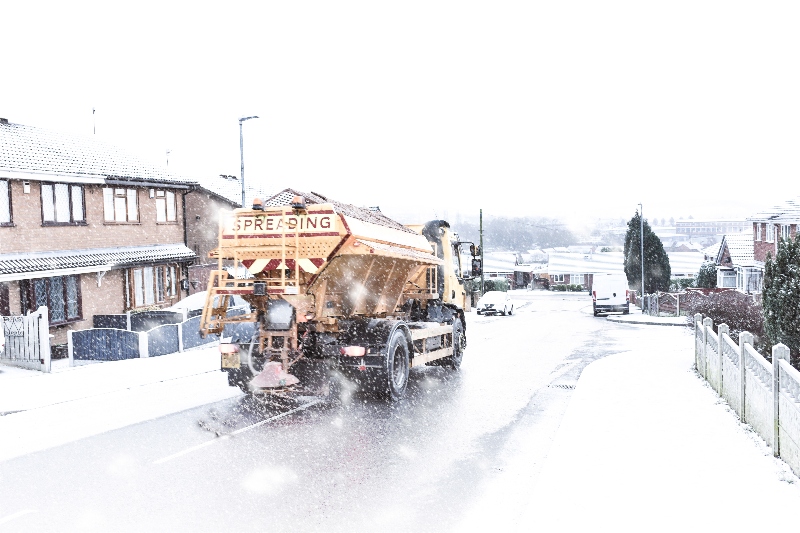Rob Bailey, APSE Principal Advisor, looks at the impact of climate change on local authority fleet services.


I’m sitting writing this article whilst Storm Babet lashes around the building and a weather warning covers much of Scotland and the North of England. Two hundred and fifty millimetres of rain in 24 hours is predicted for some.
With climate change and the race to net-zero carbon emissions dominating news headlines, councils are having to deal with the physical changes in environment, many of which are quite subtle. Authorities across the UK use some increasingly sophisticated measurement and forecasting services, but often these only allow the delivery of a better response at the time rather than tools to design the service.
The latest State of the UK Climate report from the Met Office states that ‘in the most recent decade (2011–2020) there have been 16% fewer days of air frost (when daily minimum temperature falls below 0°C) and 14% fewer days of ground frost compared to the 1981–2010 average. There have been 25% fewer days of air frost and 20% fewer days of ground frost compared to 1961–1990. The number of icing days (when the daily maximum temperature stays below 0°C) has been decreasing since the 1960s. During 2008-2017 a significant area of the UK has had less than one icing day per year on average, compared to the long-term average of about five’.
Therefore, it is probably safe to say that the UK will experience warmer, wetter winters and hotter, drier summers on average.
However mild the winter, it is still necessary to keep the gritting fleet on standby and although the likelihood of being needed may have receded, it still needs to be maintained. The continued need for these vehicles poses a challenge in terms of all-electric fleet conversions; low usage and the need to operate in low temperatures means that diesel powered gritters are unlikely to be replaced with EV alternatives in the near future.
Data from APSE’s own benchmarking service Performance Networks suggests that local authorities spent £822 per km on highways and £132 on footways over the winter of 2021-22, with 105kg salt/km used. The year before had a harder winter and costs were 28% higher.
Prioritisation of Active Travel initiatives has meant that walking and cycleways have been favoured in Government funding rounds for highways infrastructure. As a result, smaller gritting vehicles are required to salt these routes because ‘traditional’ gritters are often too large to fit down them. The use of a sprayed brine solution is the favoured option, and this requires mixing plant and a mounted delivery system.
With milder winters causing greater rainfall, councils are making changes to the gully emptying regime. Previously, this service had suffered because of local authority budget cuts. However, because of increased rainfall, it has become critical to ensure the highway drainage network remains unobstructed – this has seen increased investment in plant and contracts to remove debris and silt. Traditionally, each gully has been emptied on a yearly cycle, but this is gradually being replaced with a more targeted approach using asset management systems, measurement technology and resident reporting Apps such as ‘Love Clean Streets’. The drains with the highest risk of blocking are now visited more regularly.
Similarly, upper tier authorities have a statutory responsibility as the local flood authority under the Land Drainage Act 1991 and are dedicating more resources to carry out works to manage local flood risks in their area.
Whilst climate change may be having an effect in the winter months, we are seeing obvious signs in the more temperate periods of the year. Grass (as well as weeds) has an extended growing season which requires additional maintenance to parks, pitches, and verges. Very hot days melt the highway asphalt and significantly degrade its lifespan, requiring increased highway maintenance.
Overall, councils are adapting well to climate change and processes will evolve in response to those changes. That said, you can still currently get odds of 20/1 on a white Christmas at Gatwick and 2/1 at Glasgow, so that is about as reliable as any two-month weather forecast.
This article first appeared in the winter 2023 issue of LAPV. Sign up here to receive your free copy.